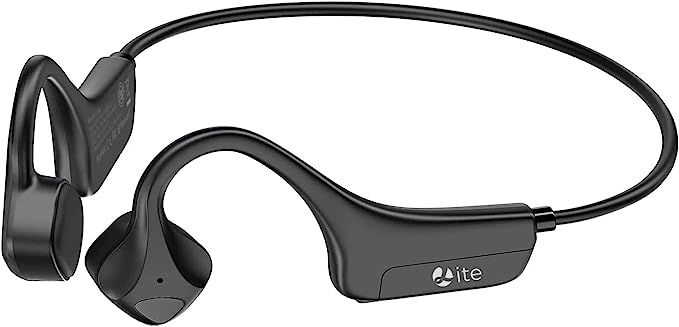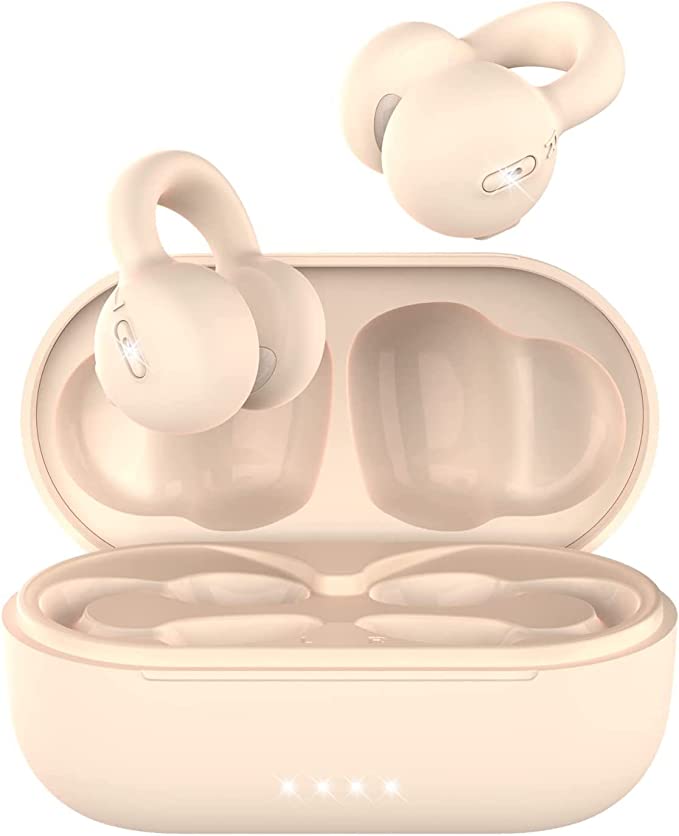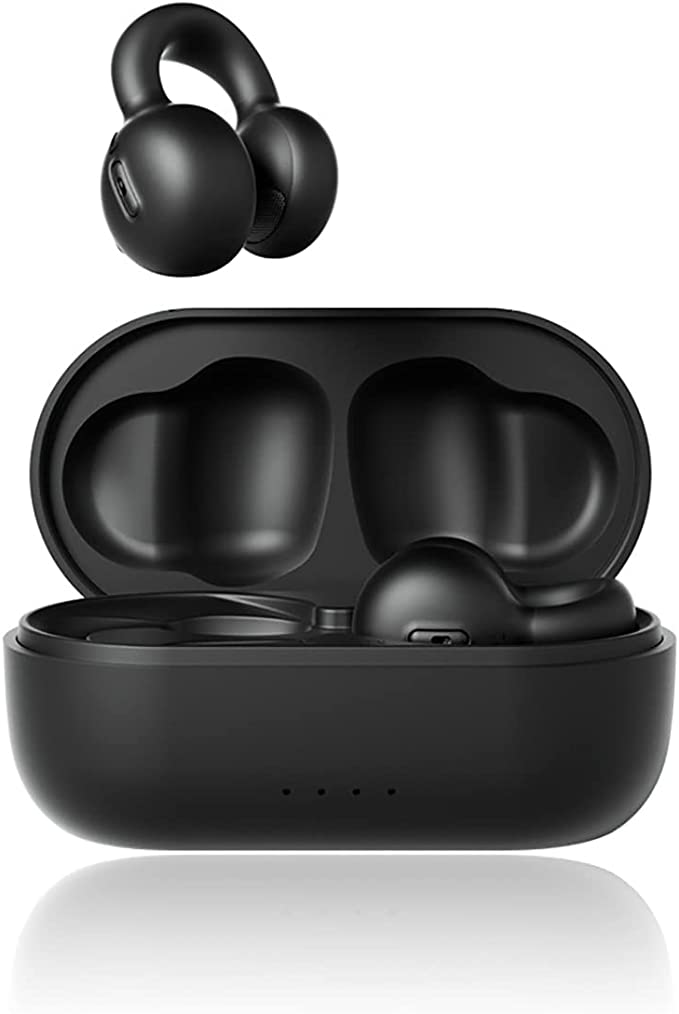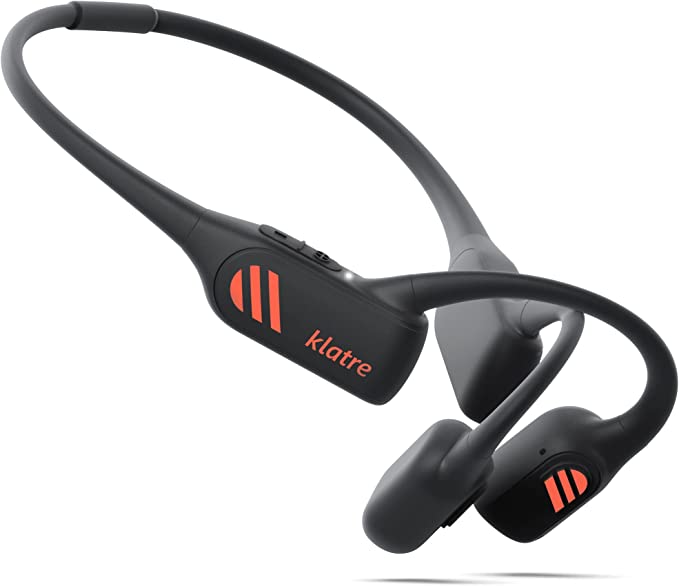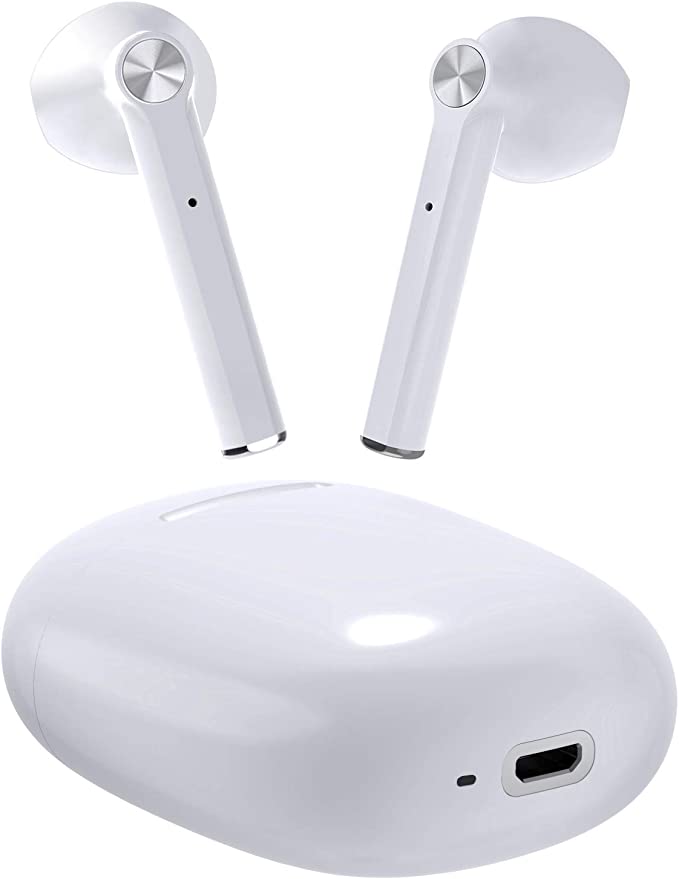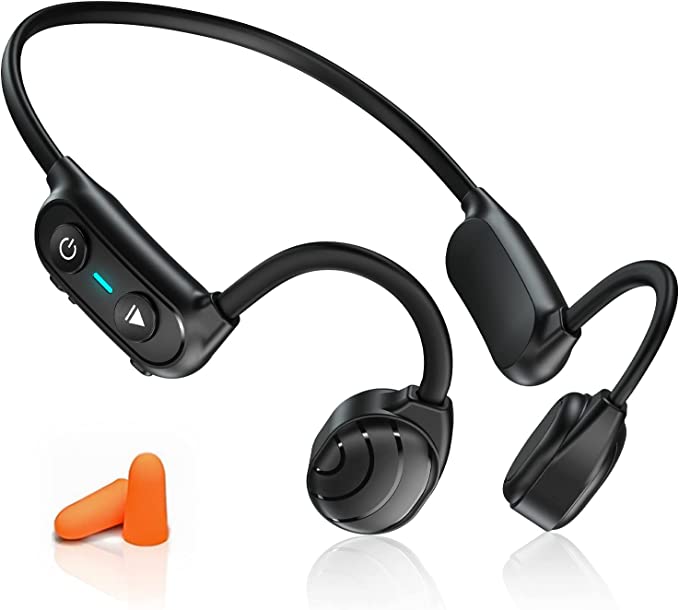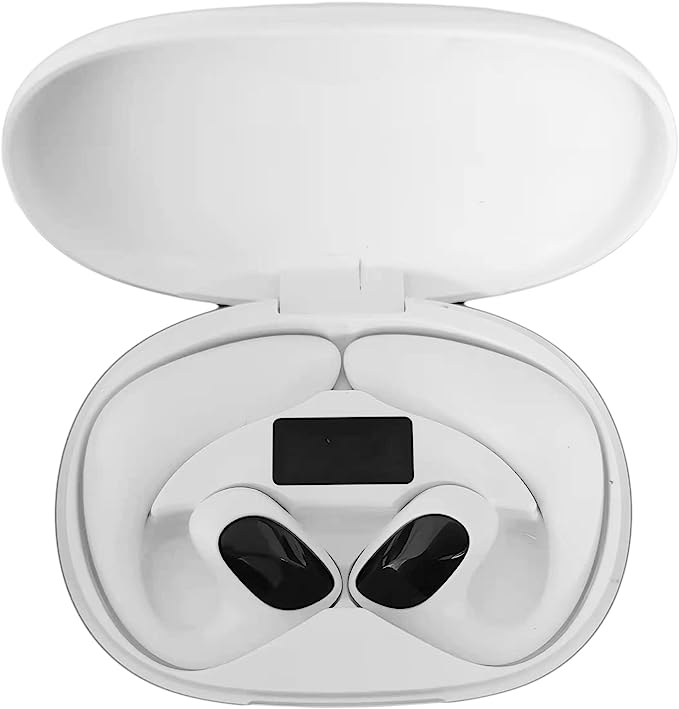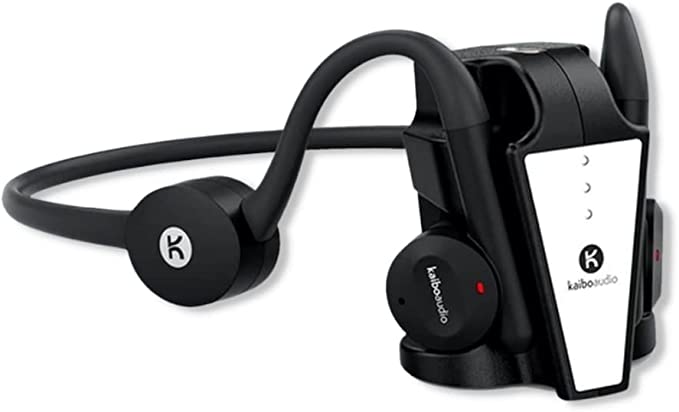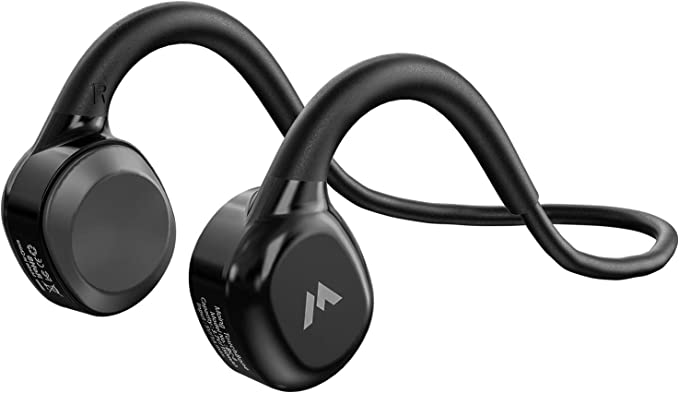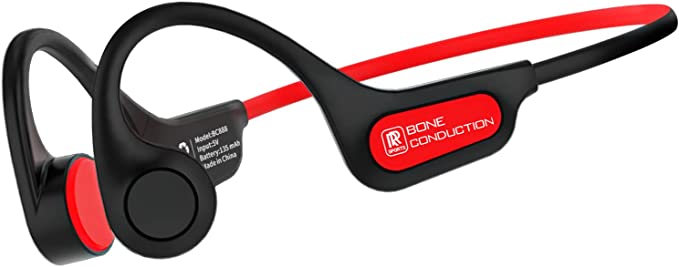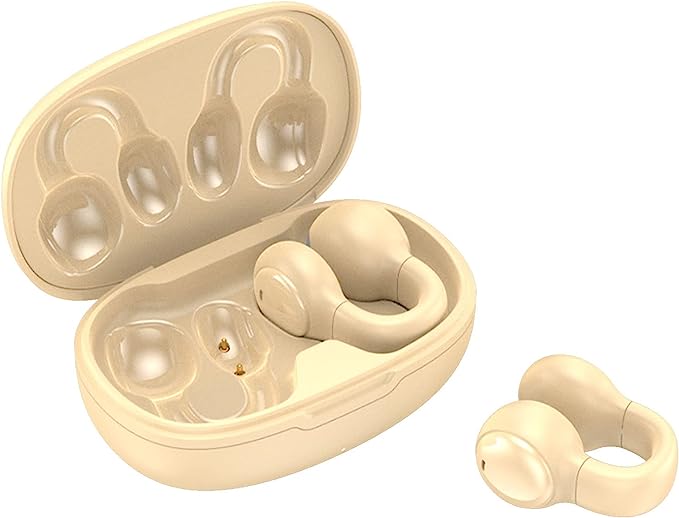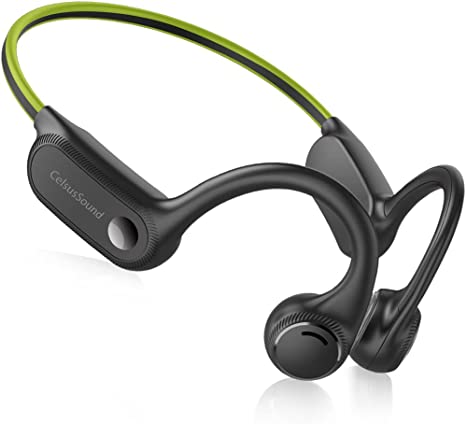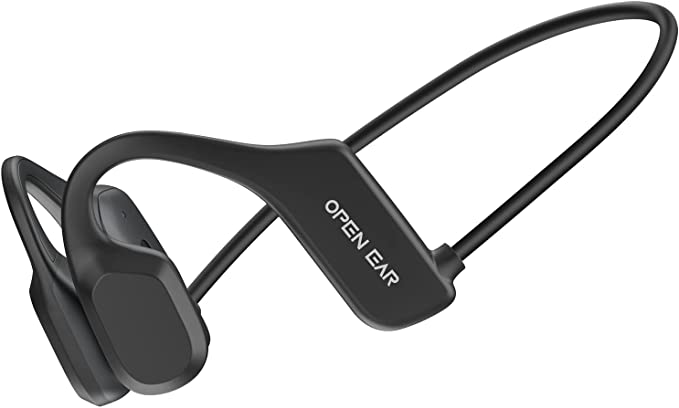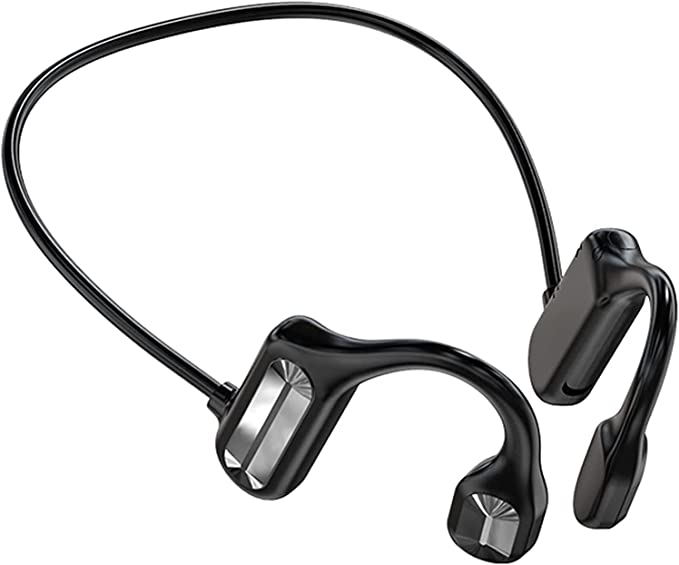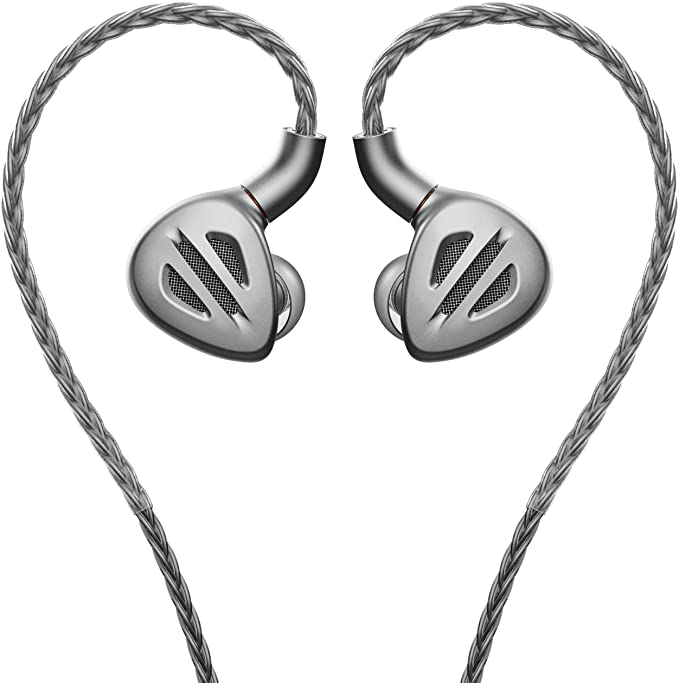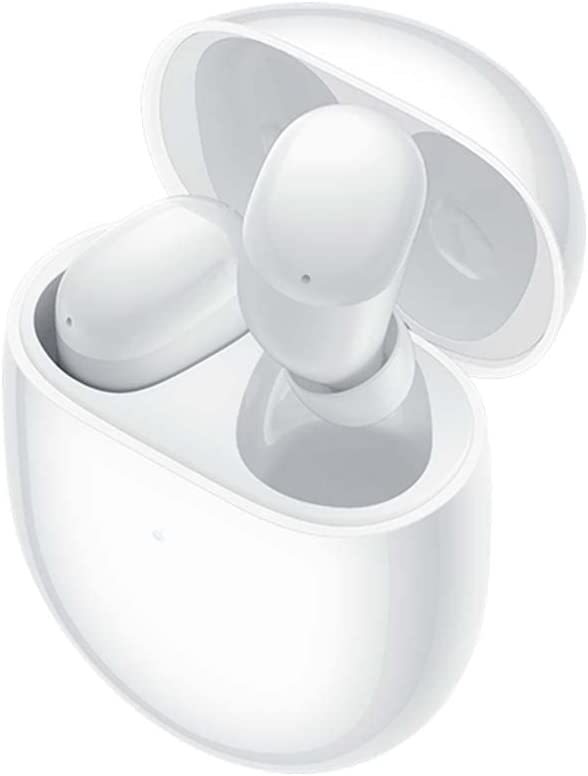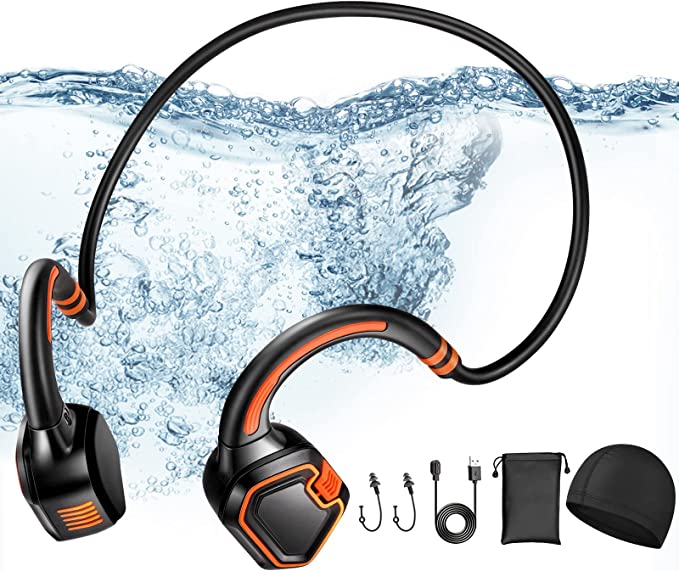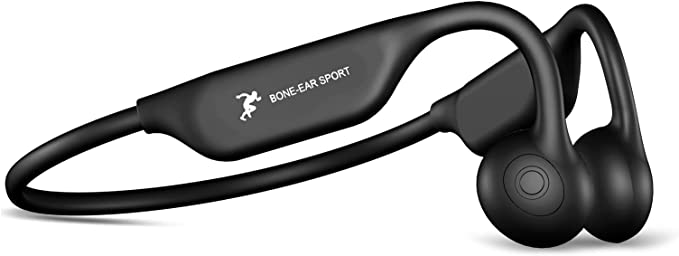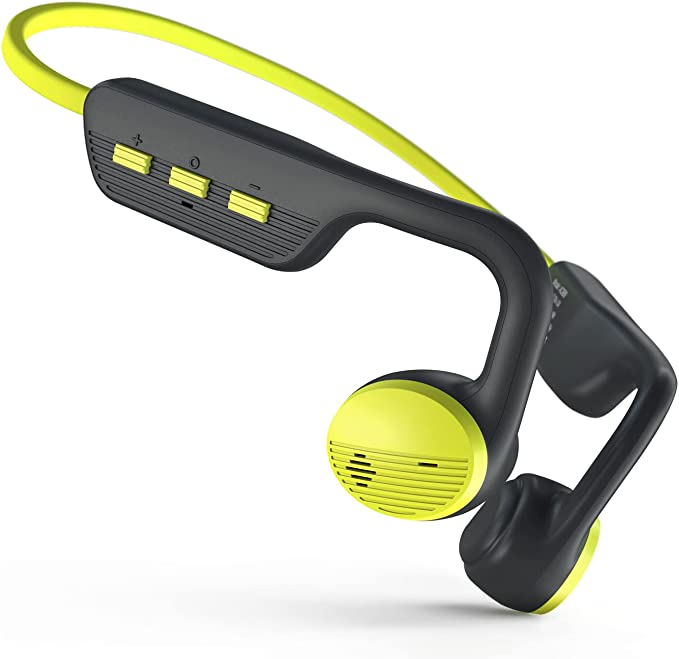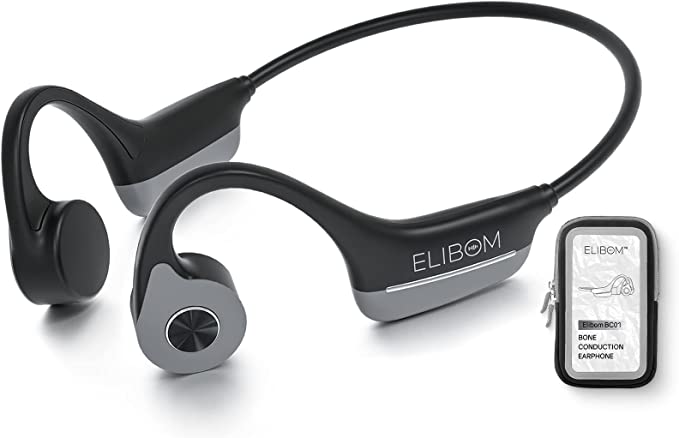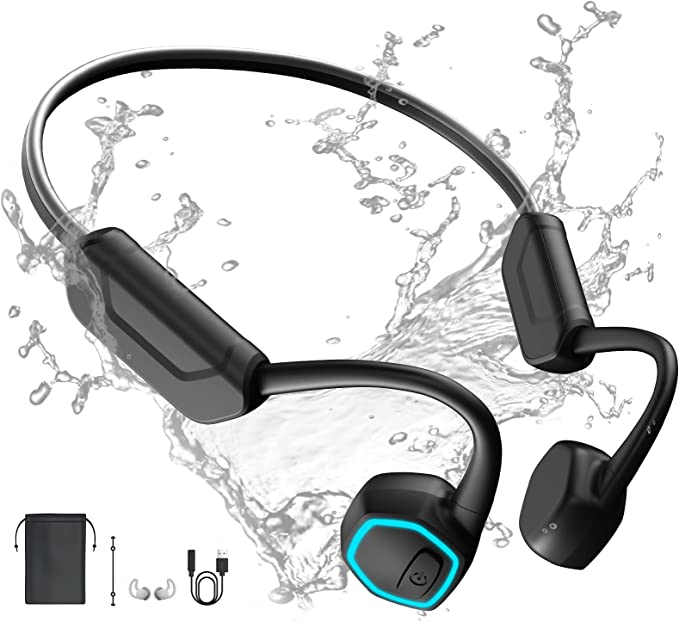The Open-Ear Headphone Divide: Bone Conduction vs. Air Conduction Explained
Update on Nov. 14, 2025, 9:48 p.m.
The open-ear headphone revolution is here. Driven by our desire to enjoy personal audio without sacrificing situational awareness and comfort, a wave of innovative designs has hit the market. But this rapid innovation has created a significant point of confusion. Many products are being marketed under the general “open-ear” umbrella, yet they use two fundamentally different technologies to deliver sound: Bone Conduction and Air Conduction.
Understanding this divide is the single most important piece of knowledge for anyone considering a move to open-ear listening. It’s the key to matching your expectations with the right technology and avoiding disappointment. Let’s demystify these two distinct paths to hearing your world.

Path 1: The Path of Vibration – True Bone Conduction
True bone conduction is a fascinating technology that bypasses your eardrums entirely.
* How it Works: These devices use transducers that rest on your cheekbones. They convert audio signals into micro-vibrations that travel directly through your bones to your inner ear (cochlea). Your brain interprets these vibrations as sound. You can experience this yourself by plugging your ears and humming; the sound you hear is being conducted by your skull.
* Strengths:
* Zero Ear Canal Obstruction: It offers the purest form of situational awareness.
* Minimal Sound Leakage: Because it’s not projecting sound into the air, it’s very private.
* A Unique Tactile Sensation: Many users enjoy the physical sensation of the bass vibrating.
* Weaknesses:
* Potential for Tickling: At high volumes, the vibrations can feel like a tickle to some users.
* Sound Quality Trade-offs: Can sometimes struggle to reproduce high-frequency details with the same crispness as traditional drivers.
Path 2: The Path of Directed Air – Open-Ear Air Conduction
This is a newer and increasingly popular approach. Confusingly, these are sometimes marketed with “bone conduction” terminology, leading to user frustration.
* How it Works: Air conduction headphones are essentially miniature, highly directional speakers that are positioned just outside your ear canal. They don’t vibrate your bones. Instead, they use precise acoustic engineering to beam sound waves through the air and directly towards your ear canal opening.
* Strengths:
* Full-Range Audio: Because they use traditional speaker drivers, they can often deliver a richer, more familiar, and full-range sound profile with more natural-sounding bass and crisp highs.
* No Vibration: For users who dislike the tactile sensation of bone conduction, this is a more comfortable option.
* Weaknesses:
* Potential for Sound Leakage: Since they are projecting sound into the open air, people nearby may be able to hear your audio at higher volumes.

A Case Study in Confusion: The Monster Open-Ear Headphones
The Monster Open Ear Wireless Headphones serve as a perfect case study for this technological divide. The product claims a hybrid “Bone & Air Conduction Technology.” However, a significant portion of user reviews express disappointment, with one user stating they are “Small speakers mounted to your head - NOT bone conduction.”
This conflict doesn’t necessarily mean the product is “bad,” but that there’s a critical mismatch between marketing language and user expectation. Based on the feedback and design, this product is a prime example of the Air Conduction category. Users expecting the distinct vibration of bone conduction are left confused, while others who simply want good open-ear sound are often impressed, with one reviewer noting, “I really like the quality of the sound. Very clear nice and loud.”
By viewing these headphones through the proper lens—as a sport-focused air conduction device—we can appreciate their actual engineering merits. Brands with a long history in audio, like Monster, apply their sound engineering legacy (“Pure Monster Sound”) to tune these miniature speakers, aiming to deliver an impactful musical experience and compensate for the lack of a physical seal. The use of a titanium alloy headband is a premium choice for durability and lightweight comfort, and an IPX5 rating provides the necessary sweat and rain resistance for a true sport-utility device.

Conclusion: Choose Your Path
The open-ear revolution is real, and it offers incredible benefits for safety and comfort. But to be a smart consumer, you must first understand which path you want to take.
- Choose Bone Conduction if your absolute top priorities are zero sound leakage and maintaining a completely unobstructed path to your eardrum.
- Choose Air Conduction if you prefer a more traditional, full-range audio experience without the sensation of vibration, and are willing to accept a small risk of sound leakage at high volumes.
By asking “Is it vibrating my bones or is it a tiny speaker?” you can cut through the marketing fog. This knowledge empowers you to ignore ambiguous claims and choose a device based on the technology that truly aligns with your personal preferences and needs, ensuring your foray into the world of open-ear audio is an enlightening one, not a frustrating one.

